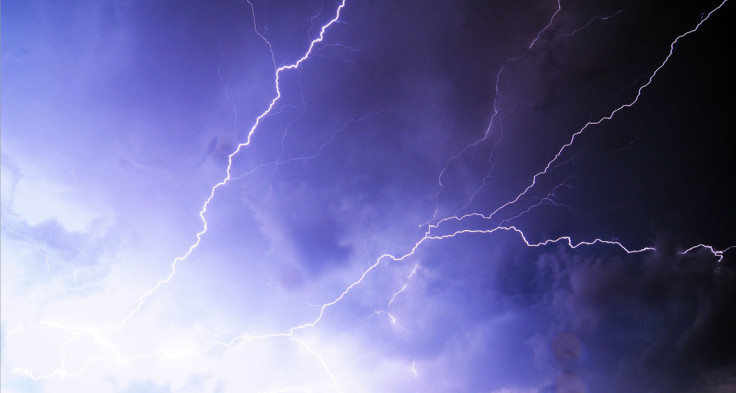Climate change is making giant planetary waves bigger, leading to more extreme weather
Eurasia and North America are likely to be among the land areas most affected.
We can expect to see more extreme weather events like the California drought of 2016 and the European heatwave of 2003 in coming years, as climate change alters the behaviour of planetary waves in the atmosphere.
These waves are about 1,000 kilometres long and move slowly around the world from west to east, shifting weather systems along with them. But sometimes they slow down or get stuck in one place, leading to extreme weather events, such as high-pressure systems that cause heatwaves and drought, or low-pressure systems that bring extreme rain and flooding.
Planetary waves have been growing larger and getting stuck in one place more often since the industrial revolution, with the steepest increase in the past 40 years, finds a paper published in the journal Scientific Reports.
Global warming is driving this trend in two ways, the authors say. The first is because the planetary waves depend on the temperature difference between the cold Arctic and the warm equator. This difference is decreasing with climate change, leading to slower-moving waves.
Second, the difference between land and sea is getting larger with climate change, as the oceans absorb and circulate heat much better than the land. This also makes the planetary waves slower and larger.
These two factors combined to create conditions where planetary waves were slow and extreme weather events were frequent, based on both computer simulations and historical data going back to 1870.

Some areas of the globe are likely to be more affected than others, study author Kai Kornhuber of the Potsdam Institute for Climate Impact Research, Germany, told IBTimes UK.
"Those latitudes that have more land areas – at 60 degrees north you have the whole of the Eurasian continent, and between 50 and 60 degrees north you have Eurasia and North America. That takes up a very high ratio of the whole globe. In these regions we saw especially high temperatures."
Reducing global carbon emissions would help to slow or stop the trend, but even so it would take a long time for planetary waves to adjust, Kornhuber said. As a result, the trend of increasingly frequent extreme weather events is likely to continue.
© Copyright IBTimes 2024. All rights reserved.







